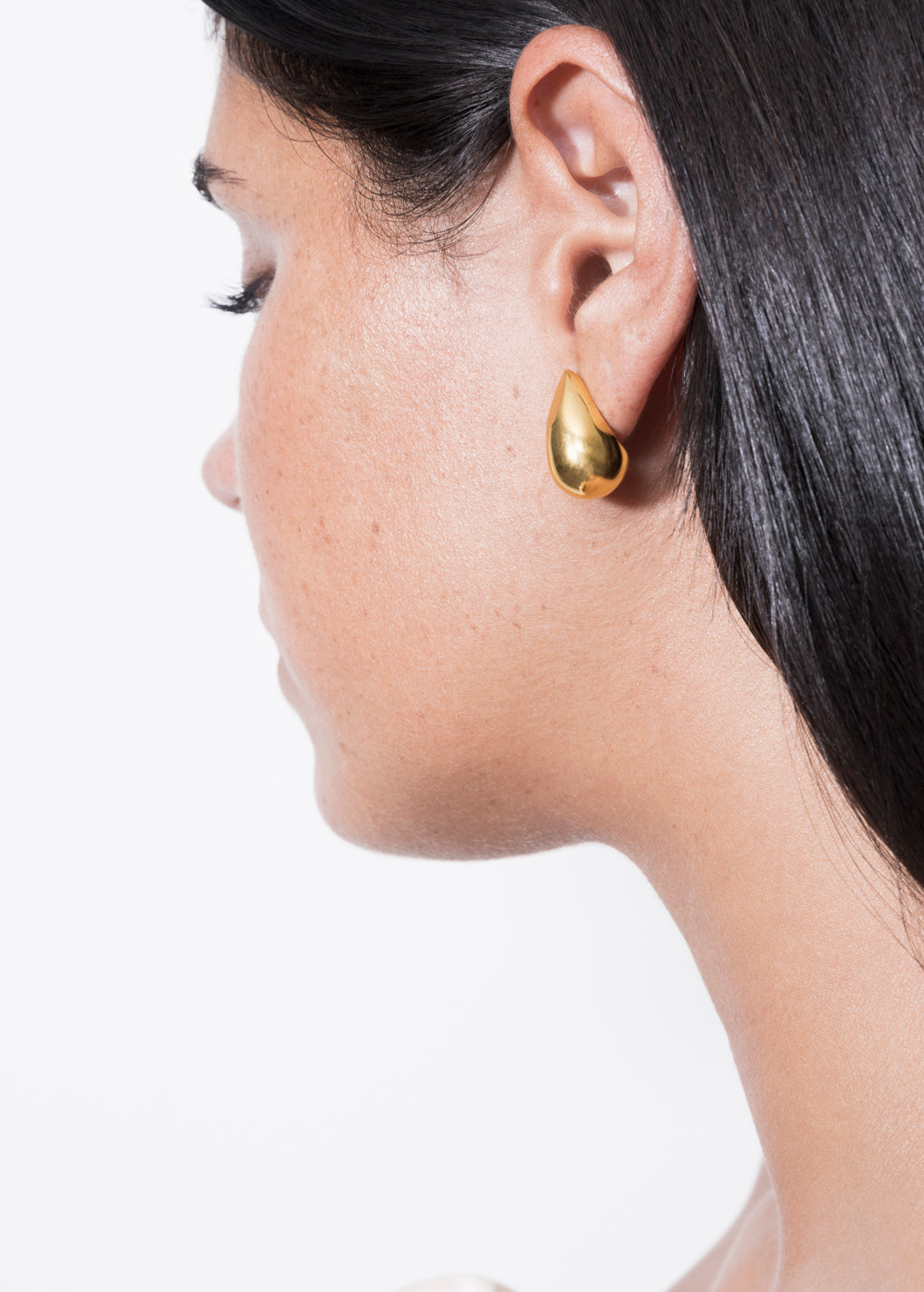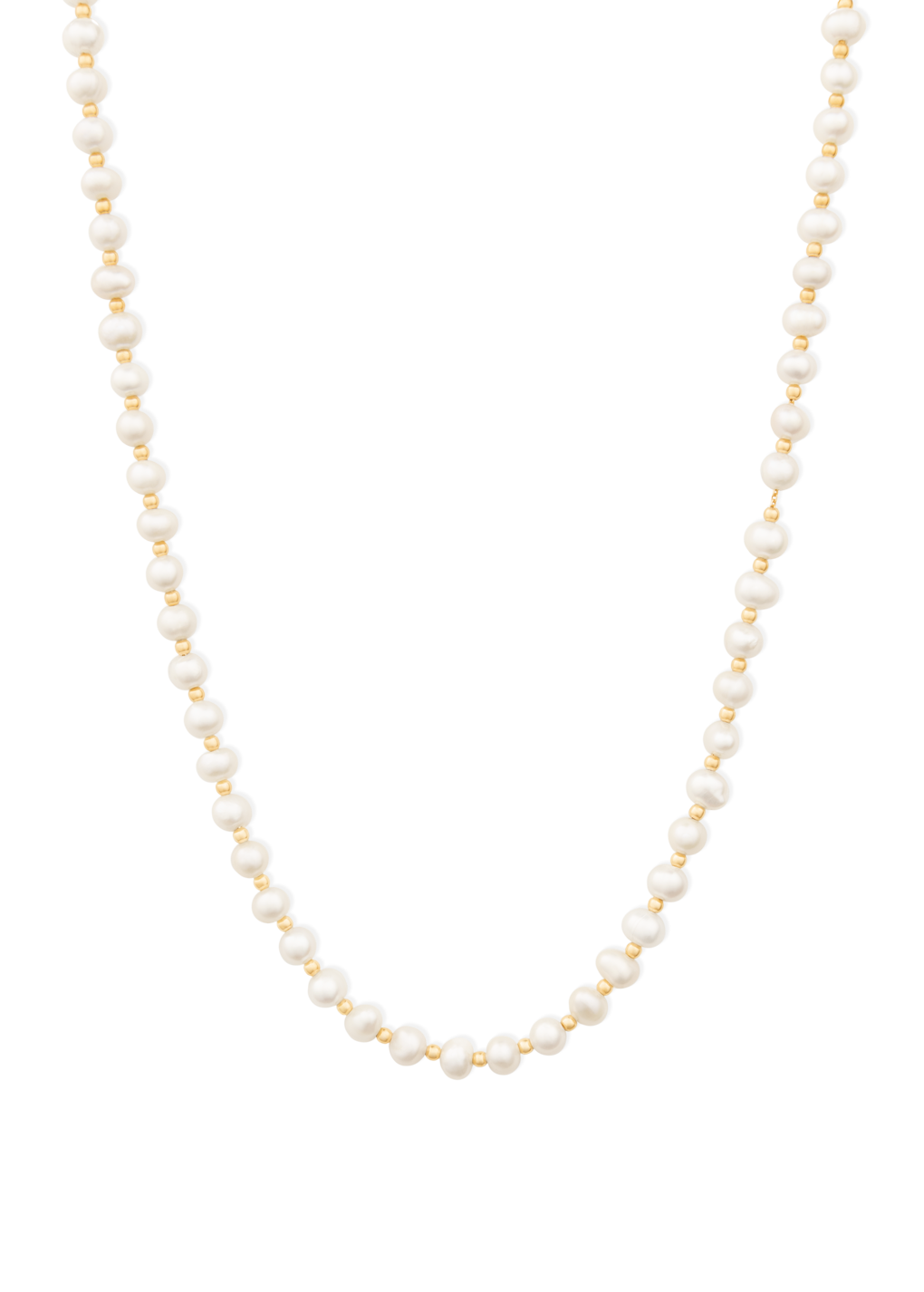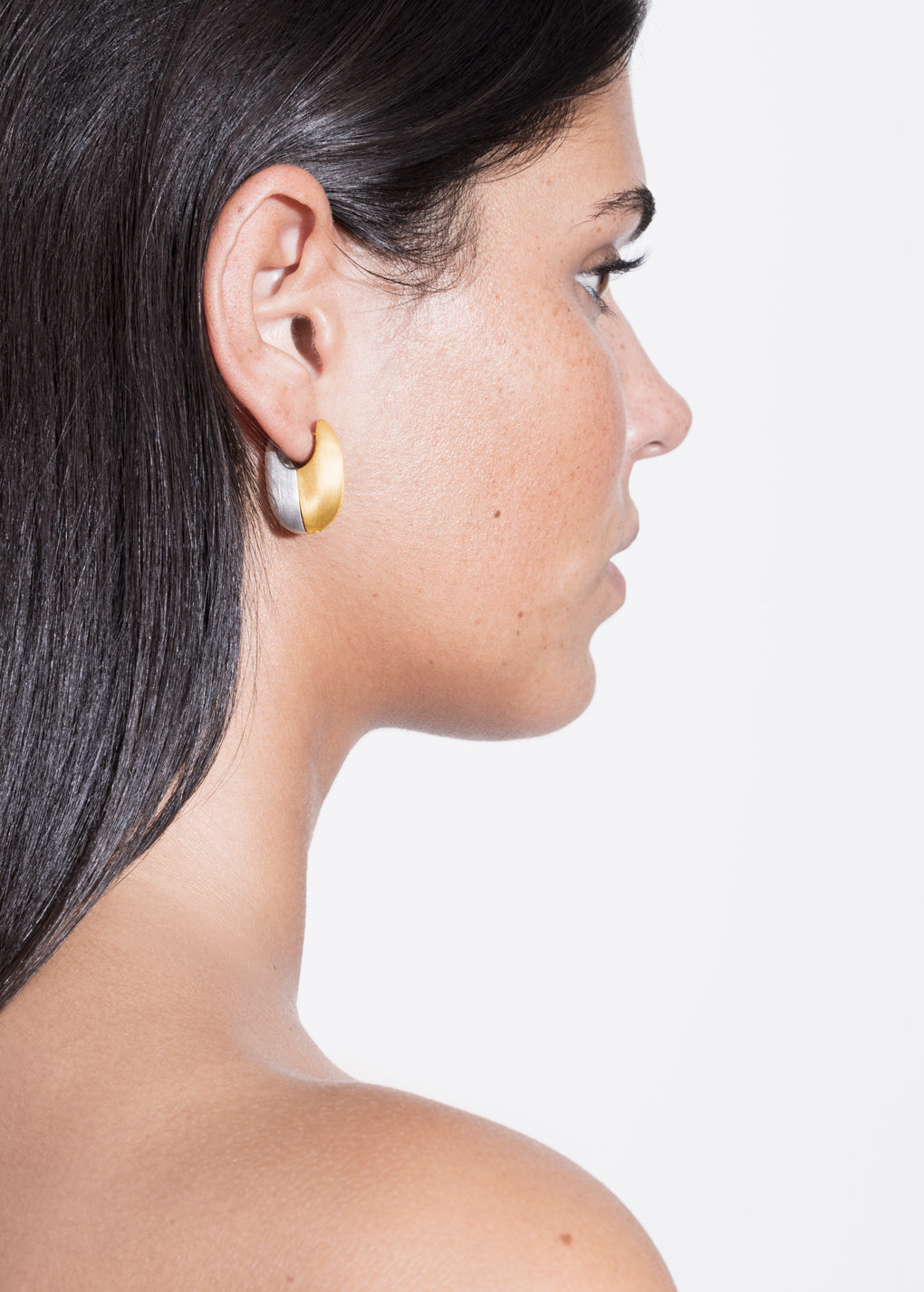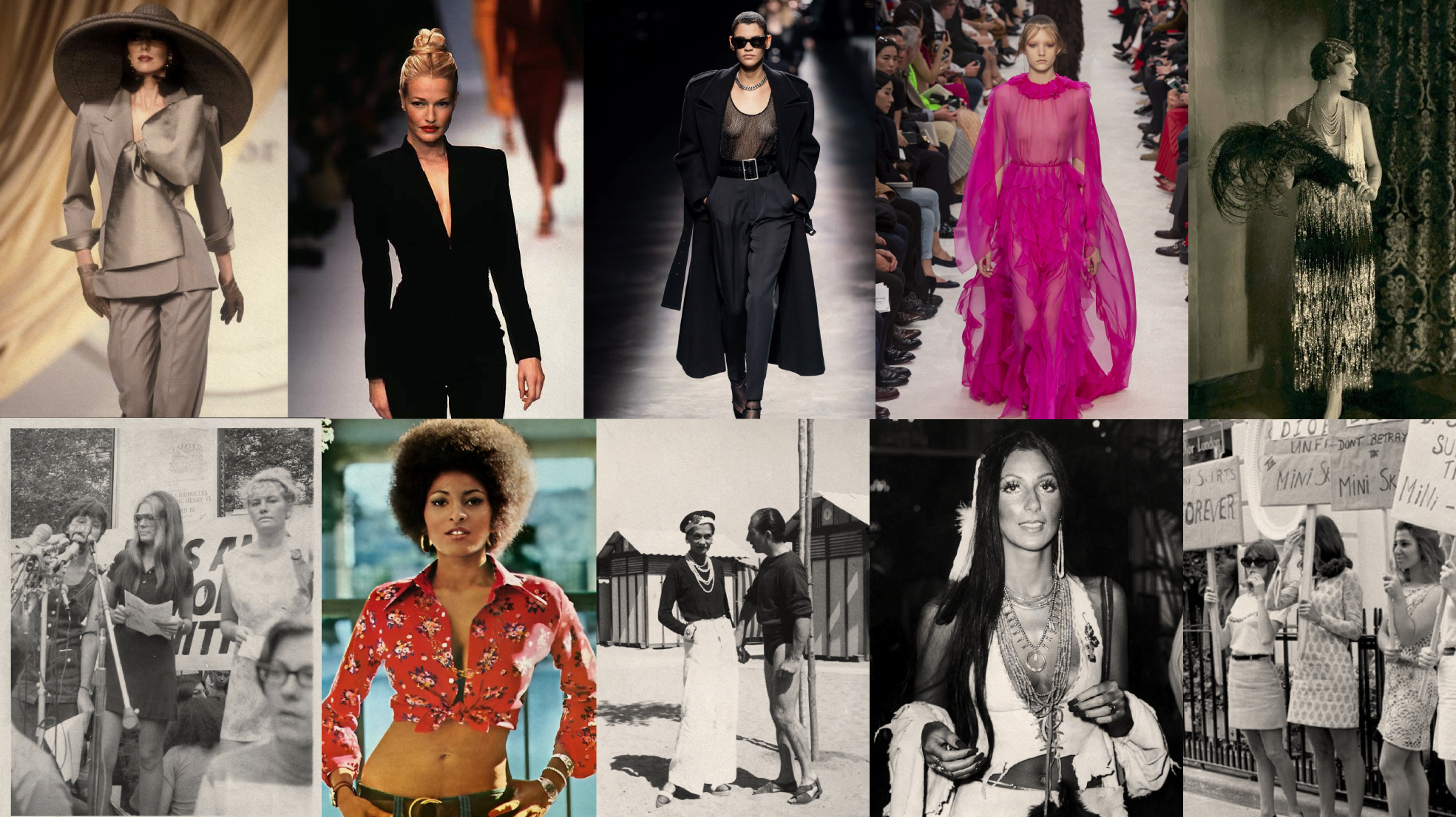between the 16th and early 19th centuries, women's fashion was symbolic of their role in society - oppressive. corsets, strips of rigid material (bone, horn or wood) between two layers of fabric, were an essential part of clothing, creating the desired narrow waist. this restrictive nature had serious health consequences, causing fainting, digestive problems, organ compression, or back muscle atrophy. several doctors tried to warn of these and other problems, but fashion and custom overrode warnings. around 1850, amelia bloomer (suffragette, publisher, and social activist) tried to encourage dress reform and introduced pantaloons or bloomers, loose pants worn under a knee-length dress. this new look allowed for greater comfort and mobility and thus a more active lifestyle. although they were very well received by the suffragettes, conservative critics quickly attacked these first trousers, ridiculing them and making them difficult to accept.

the first great clothing revolution took place in the 1920s. the young generation wanted to fight for more personal freedom after the harsh years of world war I, when the ideas of duty, sacrifice, and the common good had shaped their lives. the look of the time reflected this desire to break down barriers: short hair, short dresses, cigarettes, cocktails, sexiness and sass. unlike the suffragettes, the young women of this generation had no interest in politics; their struggle was for the value of individuality. there was also a dramatic change in the patterns of the labor market, which increased women's purchasing power. there were several industries that grew with this change, but the most important one was the fashion industry. In addition to new dresses and skirts with short hemlines, sportswear and even pants were in vogue, making this generation more physically free than any other in modern history. fashion designers such as coco chanel, jeanne lanvin or elsa schaparelli have helped to bring about this revolutionary change.
like many other revolutionary processes, this one is made up of advances and setbacks. the 1950s saw a return to more conventional looks. high waists, ruffled skirts, high heels and red lipstick marked the return of women to the home. after a period of great contribution to the labor market as a result of the second world war, the new decade reversed this process.
however, the '60s and '70s were marked by major social and fashion changes. mary quant, who had no background in design or business but made up for her lack of experience with instinct, brought about the first major change. she knew what the young women of her generation wanted to wear, and in the early 1960s she launched the thigh-grazing mini, named after her favorite car.
this trend was not a peaceful one, and even within the world of fashion, several designers criticized the "vulgarity" of the trend. but that did not stop the enthusiasts from embracing the concept. for example, when dior failed to show mini skirts on the runway, an organization called the "british society for the protection of mini skirts" took to the streets and protested against the fashion house. some of their signs read: "mini skirts forever" and "don't betray the mini skirt.

the mini's meteoric rise coincided with the era's burgeoning women's movement. the commercial availability of the pill in 1961 made sexual liberation possible, and the miniskirt came to symbolize the movement, being worn by feminist leaders like germaine greer and gloria steinem.
in the late 60s, anti-war protests and the bra-burning moment set the stage for a new counterculture that fought against norms and made them visible through fashion choices. a hippie style was a public manifestation of inner convictions and public struggles.
the 1970s are probably the most iconic decade for fashion, with many of the trends introduced continuing to this day. the second wave of feminism left its mark on fashion, not only with the introduction of the concept of power dressing, but also with the decline of gender-specific clothing. fights for reproductive rights, legalized abortion, unequal pay, harassment, and more brought women together. clothes had to be comfortable, practical, but full of personality. mini and maxi dresses, the famous wrap dress by diane von furstenberg, hot pants, flared pants and jumpsuits, men's wear, vests, hats and oversized sunglasses, and because the era heralded a newfound freedom of expression, there was no one way to dress. with a wave of sequins, satin and undeniable glamour, it was also a decade heavily inspired by pop culture.

we don't tend to think of the 1990s as a high point for feminism. however, some changes are undeniable, and one of them is the entry of more women into the job market and into prominent positions. it wasn't a time marked by marches or demonstrations, but by the use of new professional skills to create associations, NGOs and conferences, something that also translated into fashion through so-called "power dressing", power suits and color-coordinated outfits designed to be aggressive.

as the decade progressed, the looks softened, as did the fights, with a sense that much had already been achieved. the 00s were again marked by the objectification and sexualization of women.
around 2017, the #MeToo movement captured global attention and triggered a social reckoning, as millions of women's voices spoke out about the sexual violence they had suffered, drawing attention to gender inequalities and power dynamics. no longer silent, this collective of voices led to real consequences that rippled around the world: CEOs were fired and public figures were held accountable.

in 2019, in a show of support for women's right to control their bodies and body image, the saint laurent, valentino, helmut lang and balmain catwalks, red carpets, and high street stores were flooded with lingerie styles and sheer tops. it's our body, and wearing what we want is the ultimate show of empowerment.
cláudia cavaleiro the editor in chief for CINCO editorial. born in '82 in coimbra, she is graduated in philosophy from the university of coimbra. passionate about books and podcasts in a geek kind of way, she always find something interesting to research. loves to bring awareness to social problems and loves working at CINCO!










leave a comment